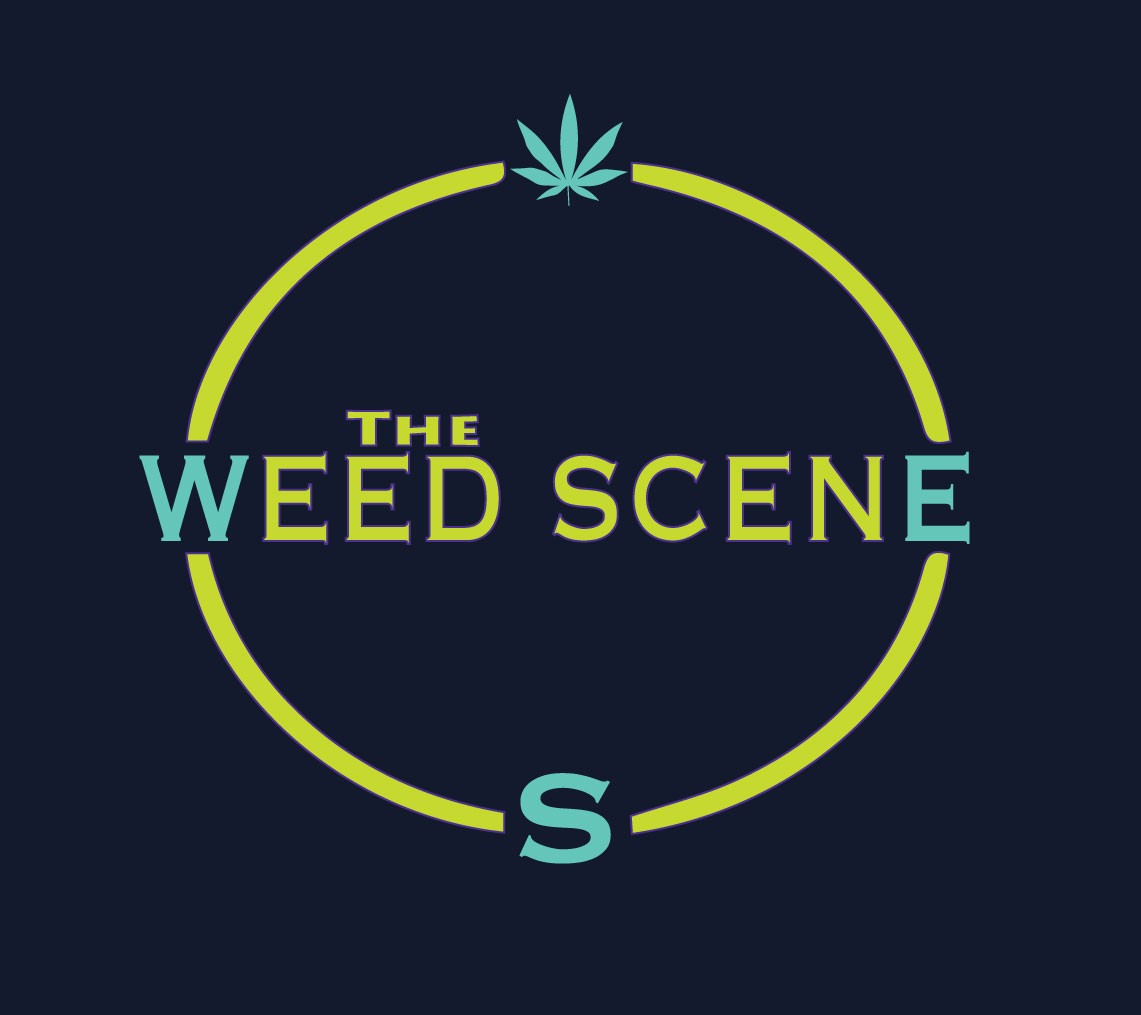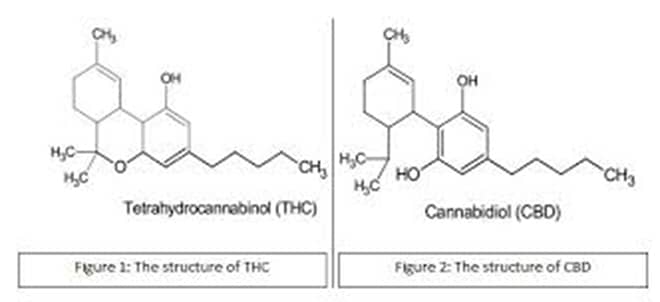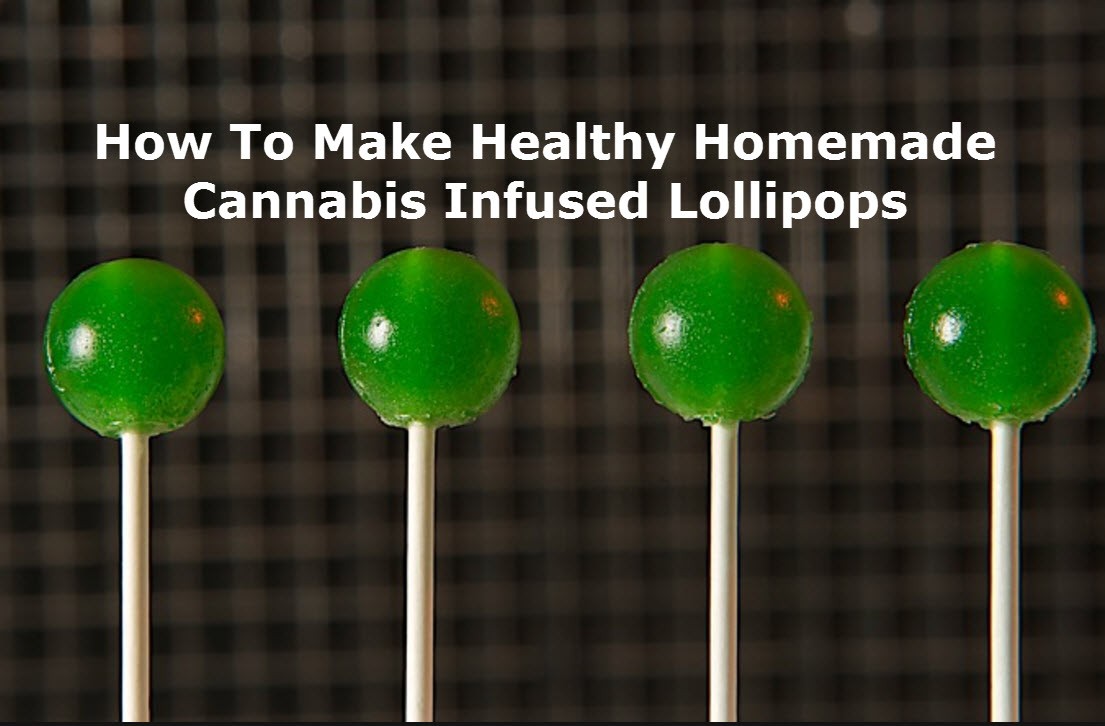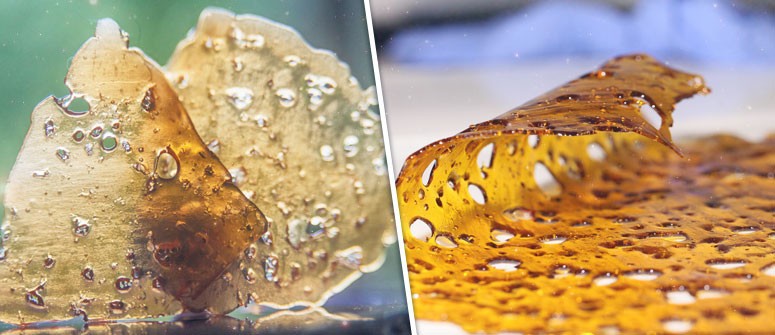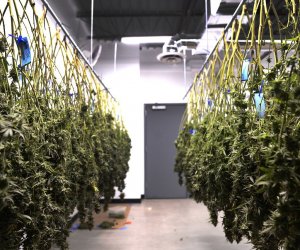CBD Science: What is CBD?
CBD is synthesized in the cannabis plant the same way as THC & CBC. It starts out as geranylgeranyl pyrophosphate & olivetopic acid. Those 2 compounds join together through an enzyme catalyzed reaction, resulting in Cannabigerolic Acid (CBGA). Cannabigerolic Acid (CBGA) is the starting material for CBDA, THCA & CBCA.
CBDA Synthase, when found in large enough amounts, will take Cannabigerolic Acid (CBGA) and make it into Cannabidiol Carboxylic, also known as CBDA. CBDA is just CBD with a carboxylic acid attached to it. As the acid attached to it is very unstable, it will detach itself from it, from time or being exposed to heat.
Receptors: Brain Studies using CBD Science
The discovery of receptors in the brain that respond pharmacologically to cannabis—and the subsequent identification of endogenous cannabinoid compounds in our own bodies that bind to these receptors—has significantly advanced our understanding of human biology, health, and disease. It is an established scientific fact that cannabinoids and other components of cannabis can modulate many physiological systems in the human brain and body. Cannabinoids are chemical compounds that trigger cannabinoid (and other) receptors. More than 100 cannabinoids have been identified in the marijuana plant. Of these marijuana molecules, tetrahydrocannabinol (THC) and cannabidiol (CBD) have been studied most extensively. In addition to cannabinoids produced by the plant, there are endogenous cannabinoids (such as anandamide and 2AG) that occur naturally in the mammalian brain and body, as well as synthetic cannabinoids created by pharmaceutical researchers.
Extensive preclinical research—much of it sponsored by the U.S. government—indicates that CBD has potent anti-tumoral, antioxidant, anti-spasmodic, anti-psychotic, anti-convulsive, and neuroprotective properties. CBD directly activates serotonin receptors, causing an anti-anxiety effect, as well. In recent years, scientists associated with the International Cannabinoid Research Society (ICRS) have elucidated a number of molecular pathways through which CBD exerts a therapeutic impact. For example, a preclinical study by Dr. Sean McAllister and his colleagues at the California Pacific Medical Center in San Francisco report on how CBD destroys breast cancer cells by down-regulating a gene called ID-1, which is implicated in several types of aggressive cancer. Silencing the ID-1 gene is, thus, is a potential strategy for cancer treatment.
